DB9 GT is the most powerful DB model ever built by Aston Martin, the luxury sports car maker in England. By inheriting the unique tradition of luxury, passion and elegance, Advanced equipment and design style have demonstrated the most extreme DB series. Today, let us review history together, tasting nearly 70 years of classic Aston Martin "DB" series.

DB9 GT
At the end of 1946, an advertisement for a £ 20,000 sports car company published in the Times came to the eyes of David Brown, who was very interested and immediately decided to buy it. At that moment, he certainly did not expect that the first two letters of his name, "DB," would eventually become the legendary two letters in the car's history. In early 1947, David Brown acquired Aston Martin. The development potential of the famous British car company has drawn Sir Brown. Since then, he has brought his expertise in gearboxes and tractors to a broader world.
The first DB series, the DB1 (formerly known as "Two Liter Sports"), won the Spa 24 Hours in 1948. The subsequent production models reinforce the link between Aston Martin and road vehicles to bring customers innovative models, best performance and elegant designs.
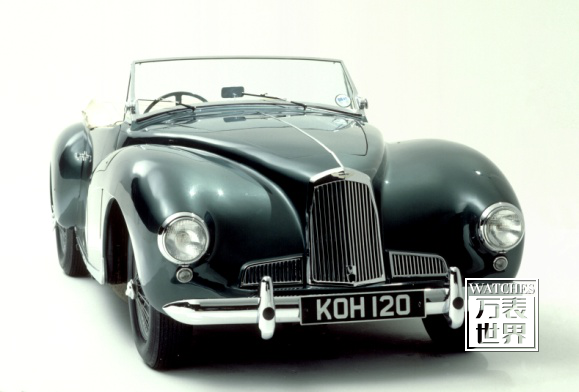
DB1 prototype car (formerly known as "Two Liter Sports") won the 1948 Spa 24 Hours Endurance Champion
The advent of DB1 laid a solid foundation for the birth of DB2 in 1950. Designed to be based on the most successful cars of the moment, DB2 is a sedan that combines elegance and modernity. In the ensuing decades of development, DB2's car design also completely abandon the Aston Martin models before the design concept.
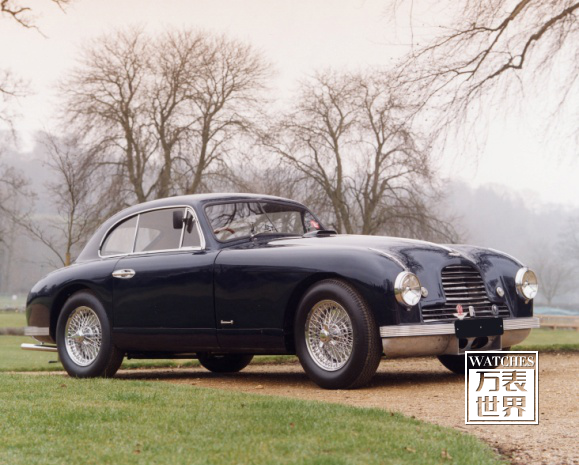
The DB2 Sedan, elegant in style, was first introduced in 1950
DB3, born for the track, debuted in 1951. The beautifully designed DB3 also evolved into the DB3S and DBR1. In 1959, the DBR1, driven by Carroll Shlby and Roy Salvadori, completely conquered the Le Mans stadium.
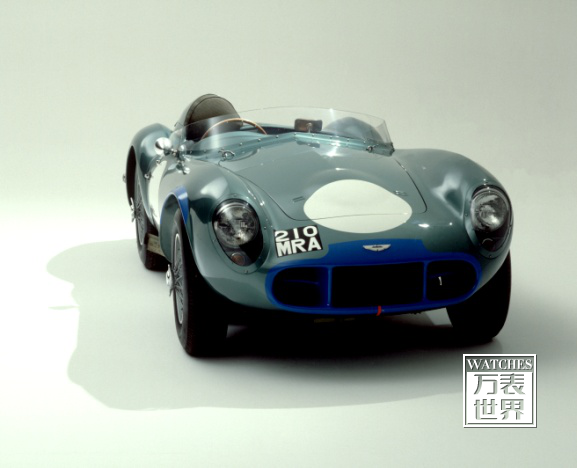
The DB3S was developed based on the DB3 for the track
Subsequently, DB2 models are also evolving. Built on the elegant chassis designed by Claude Hill, the DB2 / 4, DB2 / 4 Mark II, and DB Mark III models are thoroughly optimized for each and every style of the day Technological innovation. DB2 / 4 is even more of a milestone. This hatchback sports car also pioneered the classic model of 2 + 2 GT models.
At the 1958 Paris Motor Show, DB4 shock debut. The model is based on the bodywork design of the "Superleggera" (Italian for "ultralight") design firm Carrozzeria Touring, Milan, Italy, and features hand-finished aluminum body panels in a tubular frame.
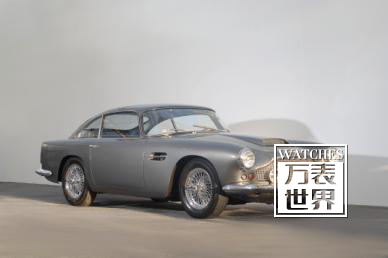
DB4 design style is still used in the modern Aston Martin sports car
The distinctive design of the DB4 is still used in modern Aston Martin sports cars, such as the body proportions, the front grille, the side panels, the hood, the cockpit and the long rear dive line. The DB4 also laid the groundwork for the DB4 GT Zagato, one of the most famous DB series models. The hybrid design of curves and power lines also highlighted the bold and aggressive design features of Aston Martin for the next 20 years. The last batch of DB4 road vehicles is still the GT series, which is very similar to the appearance design of the world-famous Aston Martin DB5 in 1963.
DB5 this legendary model DB Series brings the driving experience closer to the ideal long-distance travel. Equipped with a new alloy 4-liter inline six-cylinder engine, comfortable and luxurious interior more unique elegance, but even more impressive or its stunning appearance. From any angle, the DB5's design blends Italian descent and sophisticated English simplicity with a lighter sensation.

Iconic DB5 sports car, breaking the traditional interior design, more elegant and luxurious atmosphere
In 1965, the DB6 went public, sharing the same set of manufacturing equipment with today's highly sought after short-axis DB5 convertible at its plant in Pagonne, Newport, UK. Bigger, wider, heavier, and more compact in design than the predecessor's model body, the biggest innovation is that the DB6 has a tail design known as the "kamm tail" and an improved backstop board. The new body size and more sophisticated interior make the DB6 a true luxury four-seater and the last sports car to use the same chassis and mechanism as DB2.

Design more concise and clear DB6
The 1970s saw Aston Martin's GT model with a strong muscular design. Influenced by the sharp Italian edge design, WiIliam Towns' DBS, designed in 1967, is the latest generation of DB Series models in 20 years. In 1972, when David Brown ended his partnership with Aston Martin, DBS evolved into the new Aston Martin V8 with the new engine, which emphasizes muscular lines and power. V8 era introduced a variety of derivative models, luxury sports car market also with the ups and downs of the global economy rise and fall. "Private Enjoyment" is Aston Martin's focus, so production is also severely restricted.
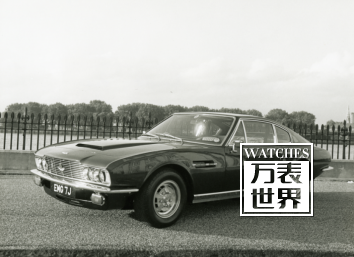
DBS
And since the late 1980s was Ford acquired, the company instantaneous access to unprecedented capital investment, technical support and cooperation opportunities. Introduced in 1994, the DB7 is the classic successor of the "DB" series.
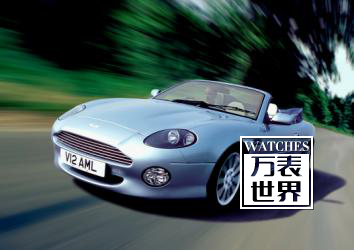
Twenty years later, "DB" returned with the best-selling model DB7
The reproduction of "DB" is naturally inextricably linked to the "Golden Age," but the new generation of models also reproduce the aesthetics and performance that almost disappeared from the industry. The DB7 was the perfect successor to the well-known DB series of the 1960s, with a few simple lines showing the perfect fluid shape and body ratio.
The DB7's engine evolved from supercharged in-line six-cylinder into a V12 engine, but the design remained pure. Before shutting down in 2003, the total production of the DB7 was about 7,000 units, making it the most successful design of the company at that time, accounting for about one-third of Aston Martin's total production.
The "DB8" this model did not appear in Aston Martin history, which makes it the greatest but lost title. Official explanation, "8" refers to the models equipped with V8 engine, and DB9 from the outset using a custom Aston Martin V12 engine. The DB9 is a major breakthrough in terms of technology, power, performance and output, making it the first model to be fitted with a VH body platform and manufactured at its global headquarters in Gaiton. In 2003, DB9 debut at the Frankfurt Motor Show, marking Aston Martin into a new era. The award-winning new 2 + 2 model is more forward-looking in terms of technology and performance; at the same time, the DB9 inherits the proportions and features of body designs that the brand has adopted since the early 1950s, · Martin glorious history.

DB9 with major breakthroughs in technology, power, performance and output
Now, DB10 was born, in the near future also introduced more new models. The history will bear in mind the DB10, a unique exclusive for the new James Bond film "Ghost Party Spectre," powered by designers, engineers and skilled craftspeople at the Aston Martin headquarters in Gaithersburg R & D and manufacturing. DB10 classic, pure and dynamic GT styling, body lines smooth and very tension. From a sexy tapered tail design to simple shoulder creases, to sleek headlights and deep, almost vertical grilles, the perfect blend of harmonious elements is an innovative interpretation of the classic DB heritage. This is a highly recognizable Aston Martin tanker, revealing the future direction of the next generation of Aston Martin models.
With the implementation of the company's "Second Centenary Program," the name "DB" will certainly be strong.
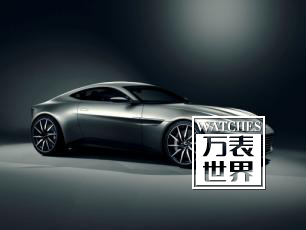
DB10, Aston Martin for the 007 latest movie "specter Specter" exclusive build
![<?echo $_SERVER['SERVER_NAME'];?>](/template/twentyseventeen/skin/images/header.jpg)